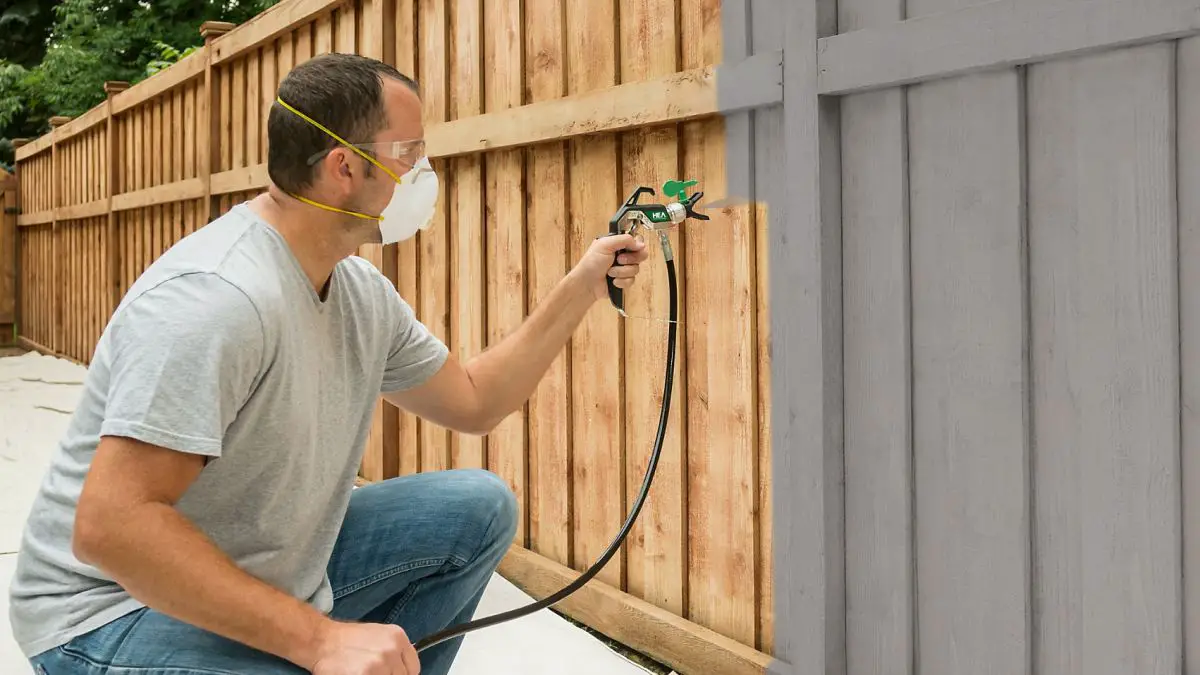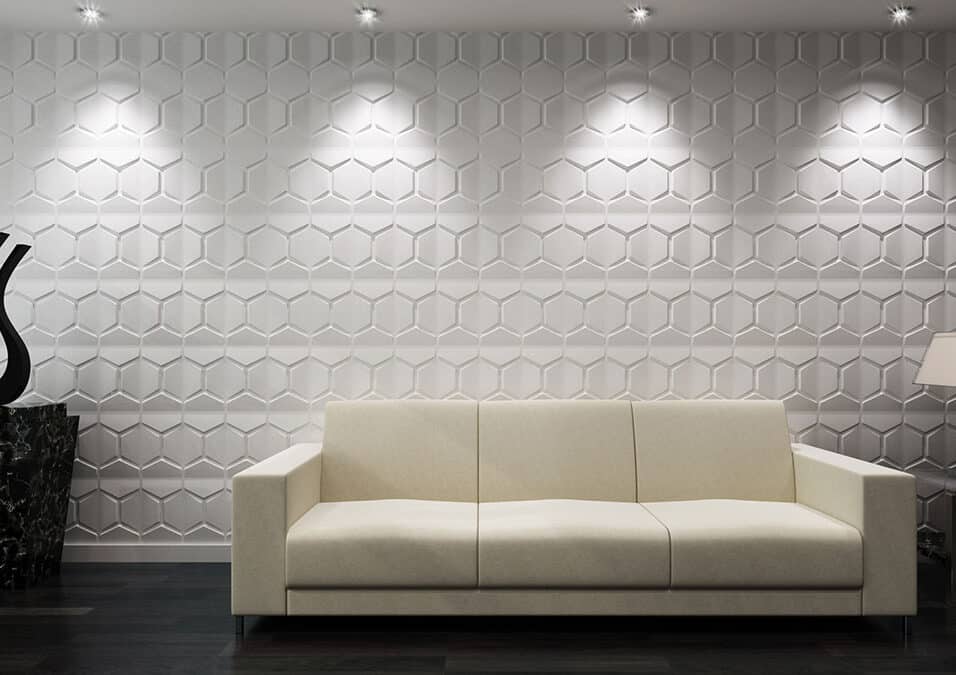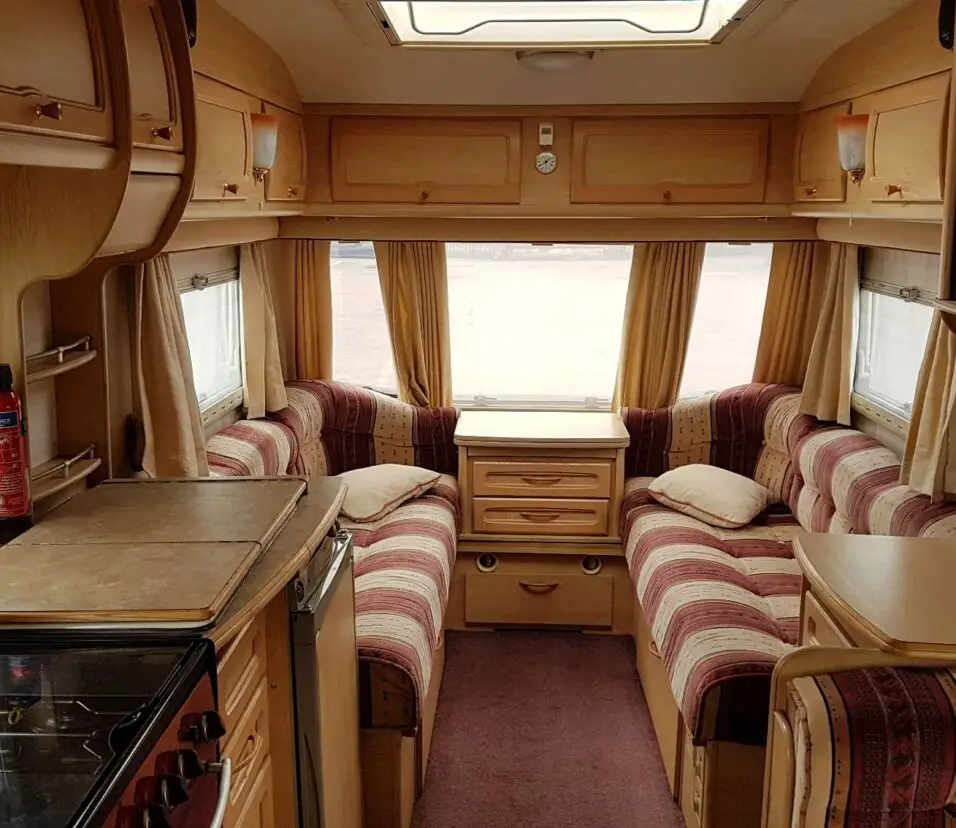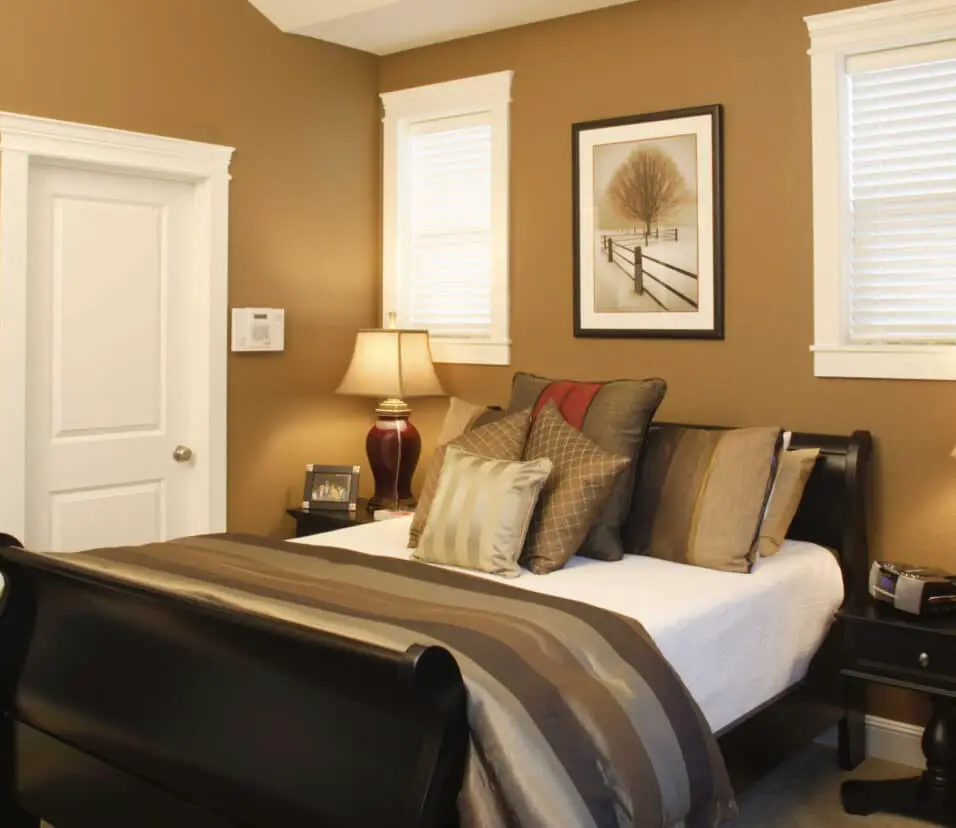How To Use Airless Paint Sprayer Interior
Introduction
How To Use Airless Paint Sprayer Interior: The conventional brush and roller method can often feel time-consuming and labor-intensive. This is where airless paint sprayers step in, offering a faster, more even, and smoother application process that can significantly enhance the aesthetics of your interiors. Whether you’re a seasoned DIY enthusiast or a homeowner looking to revamp your living space, mastering the art of using an airless paint sprayer for painting interior projects can save you both time and effort. In this guide, we’ll walk you through the fundamental techniques, tips, and precautions necessary to achieve professional-grade results while using an airless paint sprayer for your indoor painting endeavors.
From selecting the right equipment and preparing your workspace to achieving seamless coverage and maintaining your sprayer, you’ll discover the essential steps to create stunning, evenly coated interiors that truly reflect your personal style. With an airless paint sprayer, you can unlock a world of efficiency and precision. Whether you’re embarking on a home renovation project, giving a room a fresh look, or simply aiming to breathe new life into your surroundings, understanding how to effectively utilize an airless paint sprayer for interior applications is a skill that can yield remarkable results.
In this comprehensive guide, we will delve into the intricate art of utilizing an airless paint sprayer indoors. From initial setup and preparation to achieving seamless coverage and avoiding common pitfalls, we will equip you with the knowledge and techniques required to master this versatile tool. By the time you’ve finished reading, you’ll be ready to confidently take on any interior painting project, large or small, and achieve a flawless, professional finish that’s sure to impress.
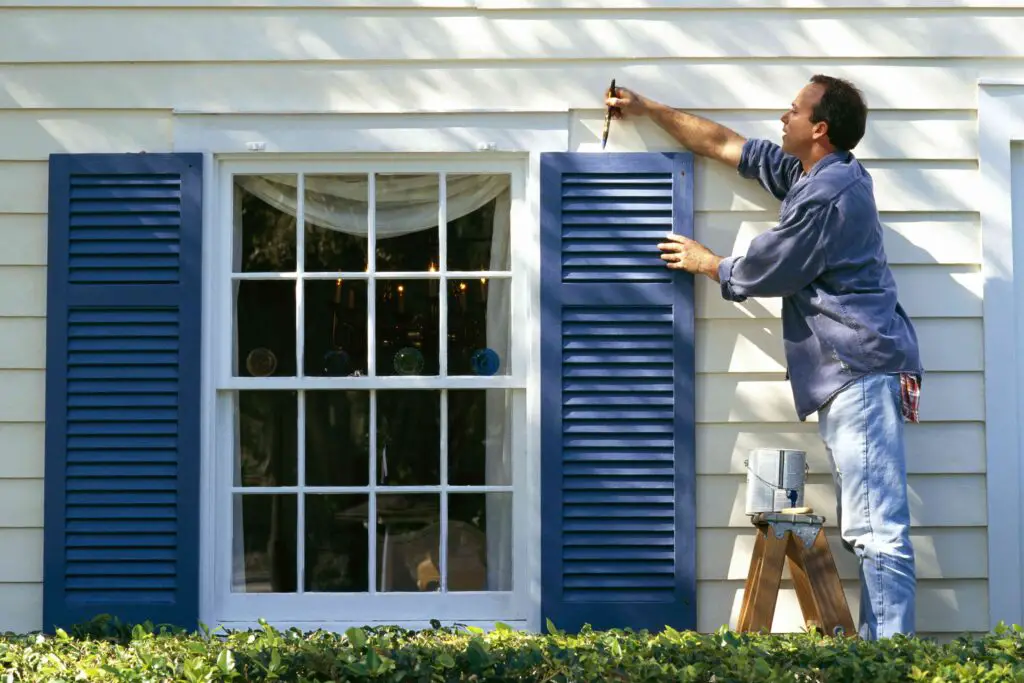
Can you use an airless paint sprayer indoors?
However, you do not have control over the pressure, meaning they are meant to spray at full power at all times. For these reasons, airless paint sprayers are not ideal for interior paint spraying applications and are better used outdoors for siding, decks, fences, and other larger projects.
Preparation is Key: Before you begin, ensure that the room is adequately prepped. Cover floors, furniture, and any items that you want to protect from paint overspray. Use painter’s tape to mask off areas you don’t want to paint, such as baseboards, trim, and window frames.
Ventilation: Proper ventilation is crucial when painting indoors. Open windows and doors to allow fresh air to circulate and help dissipate paint fumes. If possible, use fans to direct fumes outside the room.
Choose the Right Paint: Not all paints are suitable for airless sprayers. Choose paints that are specifically labeled as suitable for airless spraying. These paints are formulated to flow smoothly through the sprayer’s nozzle and provide optimal coverage.
Thin the Paint (If Necessary): Depending on the thickness of the paint, you might need to thin it slightly to achieve the right consistency for spraying. Follow the manufacturer’s recommendations for thinning ratios, and be cautious not to over-thin the paint.
What are the disadvantages of airless spray painting?
Over spray can be managed by taking extra time covering and masking off every surface that you do not want paint to get on. The other downside of using an airless sprayer is the extra time it takes to clean up the spray gun and flush the paint from the hose and pump.
Overspray: One of the primary drawbacks of airless spray painting is the potential for overspray. Because airless sprayers atomize paint at high pressure, fine droplets can drift beyond the intended surface, leading to wastage of paint and the need for extensive masking and protection.
Masking and Preparation: Airless spray painting requires meticulous masking and preparation. Covering surrounding areas, furniture, and fixtures to avoid overspray can be time-consuming and labor-intensive, especially for complex or intricate spaces.
Uniform Surface Required: Airless sprayers are effective at applying paint evenly to smooth and uniform surfaces. However, they can highlight imperfections on rough or uneven surfaces. Proper surface preparation, including patching and sanding, is crucial to achieve a satisfactory finish.
Skill and Technique: Achieving optimal results with an airless sprayer requires skill and technique. Inconsistent spray patterns, improper pressure settings, or incorrect spraying distances can lead to uneven coverage, streaks, or drips.
What type of paint sprayer is best indoors?
Gas-powered airless sprayers and compressed sprayers are loud, so we recommend avoiding these when you’re spraying indoors. If you’re doing detailed work, consider using an HVLP sprayer. However, if you’re painting a large area indoors, an electric airless sprayer will work better.
HVLP (High Volume Low Pressure) Paint Sprayers: HVLP paint sprayers are a popular choice for indoor projects due to their efficient and controlled paint delivery. They operate at lower pressure compared to airless sprayers, resulting in reduced overspray and a softer, more controlled spray pattern. HVLP sprayers are ideal for detailed work, fine finishes, and projects where precision is crucial, such as trim, furniture, and cabinets. They are relatively user-friendly and produce minimal fumes, making them suitable for indoor use. However, they can be slower than airless sprayers for larger surface areas.
Airless Paint Sprayers with Fine Finish Tips: Airless paint sprayers equipped with fine finish tips can also be used indoors, especially for larger projects like walls and ceilings. These tips help reduce overspray and create a smoother, more controlled spray pattern. They can cover large areas quickly and are suitable for projects where a professional finish is desired. However, proper masking and ventilation are essential to manage overspray and fumes.
Compressed Air Paint Sprayers: Compressed air paint sprayers use a compressor to create pressure, atomizing the paint for application. They are versatile and can handle a variety of paints and coatings. However, they can produce more overspray compared to HVLP systems and may require more masking and preparation. Compressed air sprayers can be a good option for experienced users who want more control over the spray pattern.
Airless Paint Sprayers with Fine Finish Tips:
Airless sprayers with fine finish tips are another viable option for indoor projects, especially for larger surfaces like walls and ceilings.
Is it better to spray or roll interior paint?
Speed: Spraying is generally faster than rolling, especially for large surface areas like walls and ceilings. It can save a significant amount of time, making it ideal for projects with tight deadlines.
Smooth Finish: Spraying often results in a smooth, even finish with no visible brush or roller marks. This is especially beneficial for achieving a professional look on walls and cabinets.
Efficiency: Spraying is efficient for covering textured surfaces, intricate details, and hard-to-reach areas where rolling might be challenging.
Uniform Coating: Airless paint sprayers provide consistent coverage without the need for multiple coats in most cases, especially when using the right technique.
How many coats of paint do you use with a sprayer?
Two coats
It is recommended that you apply two coats and allow the proper time frame for drying. Be sure to also sand between each dried coat. Once the final coat is painted and allowed time to dry, it’s time for a clear coat. Depending on the sheen of paint used, you can also apply a clear coat over spray paint.
Coverage and Color: Darker colors or bold shades often require more coats to achieve full coverage, especially when transitioning from a lighter color. Lighter shades may need fewer coats to cover the existing color.
Type of Paint: The quality and composition of the paint also influence the number of coats needed. High-quality paints with better coverage properties may require fewer coats compared to lower-quality paints.
Surface Texture: Smooth surfaces tend to require fewer coats for even coverage compared to textured surfaces. Rough or porous surfaces might absorb more paint, necessitating additional coats.
Sprayer Performance: The quality and efficiency of your paint sprayer play a role. A high-quality sprayer with proper pressure settings and nozzle size can provide better coverage in fewer coats.
Can you paint a ceiling with a airless spray gun?
Using an airless paint sprayer for walls and ceilings to paint your textured areas saves you time and preserves the texture appearance while providing a more complete and uniform coverage.
Speed and Efficiency: Airless spray guns can cover large areas quickly, making them well-suited for painting ceilings, which tend to have substantial surface areas. This speed can significantly reduce the overall time required for the project.
Uniform Coverage: Airless sprayers provide consistent coverage, resulting in a smooth and even finish across the entire ceiling. This uniformity is challenging to achieve with traditional methods like rolling.
Reduced Fatigue: Painting a ceiling can be physically demanding, especially when using a roller. Using an airless spray gun reduces the strain on your arms and shoulders, making the process less tiring.
Access to Hard-to-Reach Areas: Airless spray guns can easily reach corners, edges, and areas that might be challenging to access with a roller or brush.
How long can paint sit in an airless sprayer?
I would recommend a few things if you are considering leaving paint in your sprayer. But don’t do this for prolonged periods as you could damage your machine and warranty. But overnight or a few hours will be fine.
Different paints have varying properties, including viscosity and drying time. Water-based paints, for instance, tend to dry faster than oil-based paints. Oil-based paints might have a slightly longer window, but it’s still advisable to use them within a day.
The environment in which the paint sprayer is placed matters. Higher temperatures and lower humidity levels can accelerate the drying process of paint inside the sprayer. If you’re working in a hot and dry climate, it’s even more important not to let the paint sit for too long.
The design and quality of the airless sprayer can also impact how long paint can sit in it. High-quality sprayers are less likely to have issues with paint drying and clogging the system. Regardless of the sprayer you’re using, it’s a good practice to clean the sprayer thoroughly after each use to prevent paint from drying in the system.
Do I need to dilute paint for airless sprayer?
Airless paint sprayers work with oil-based paint or stain. Typically, you shouldn’t need to thin paint for an airless sprayer. HVLP paint sprayers work with oil-based paint. Thicker paints, such as water-based latex, can clog the sprayer.
Paint Type: Water-based paints, like latex paints, are more likely to require thinning compared to oil-based paints. This is because water-based paints are typically thicker and may not flow smoothly through the sprayer’s nozzle without thinning.
Sprayer Specifications: Some airless sprayers are designed to handle thicker paints without the need for thinning. High-quality sprayers with larger nozzles and more powerful motors can handle thicker paints more effectively.
Desired Finish: Thinning paint can affect the coverage, color intensity, and finish. If you’re aiming for a specific finish or color, consult the manufacturer’s recommendations before thinning.
How to Determine the Right Thinning Ratio
Manufacturer’s Recommendations: Always start by checking the paint manufacturer’s instructions for the recommended thinning ratio. This information is typically provided on the paint can label.
Test Sprays: Before beginning your project, conduct test sprays on a scrap surface using different thinning ratios. This helps you determine the ideal balance between thinning and coverage.
Consistency: The right thinning ratio will result in paint that flows smoothly through the sprayer while maintaining the desired color and coverage. Avoid over-thinning, as it can lead to poor coverage and an uneven finish.
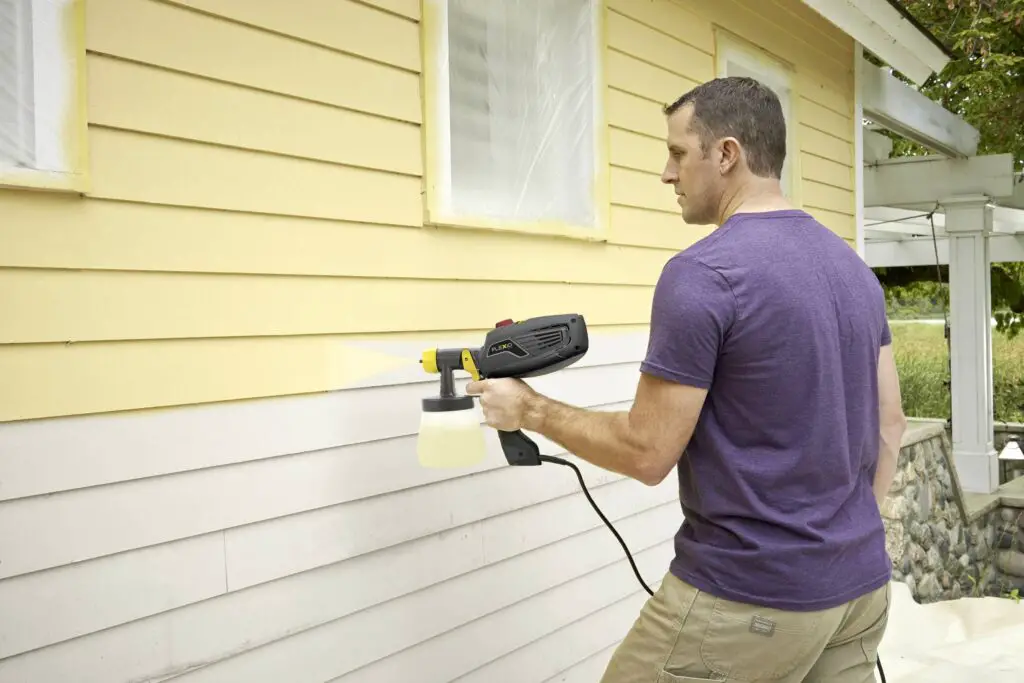
Conclusion
The conventional methods of paint application are undoubtedly effective, but the introduction of airless paint sprayers has revolutionized the process by offering speed, efficiency, and an exceptional level of precision. By following the steps outlined in this guide, you can confidently approach your interior painting projects with a newfound understanding of how to harness the potential of an airless paint sprayer.
Remember, practice makes perfect. As you become more acquainted with the nuances of using an airless paint sprayer, your skills will naturally improve. The key is to start with small projects, familiarizing yourself with the equipment and techniques before tackling larger endeavors. Incorporating an airless paint sprayer into your interior painting toolkit not only saves time and effort but also delivers results that rival professional finishes. The sleek, uniform appearance achieved through airless spraying can transform your living spaces into works of art, reflecting your personal style and attention to detail.
As you embark on your next interior painting venture, armed with the knowledge gained here, remember that patience and careful execution are essential. With each stroke of the sprayer, you’re transforming your environment and creating a more vibrant and appealing space to live in.



